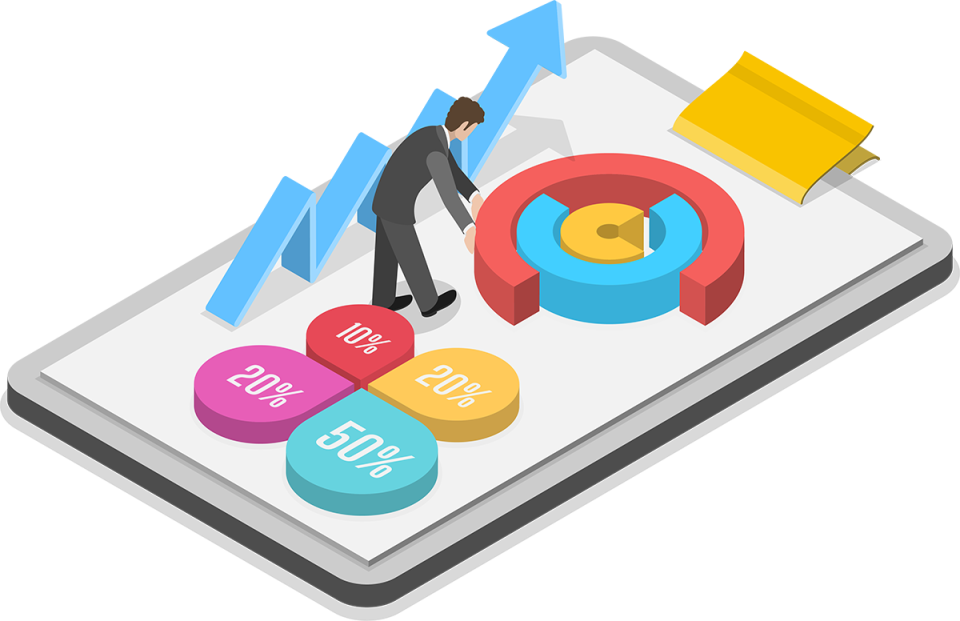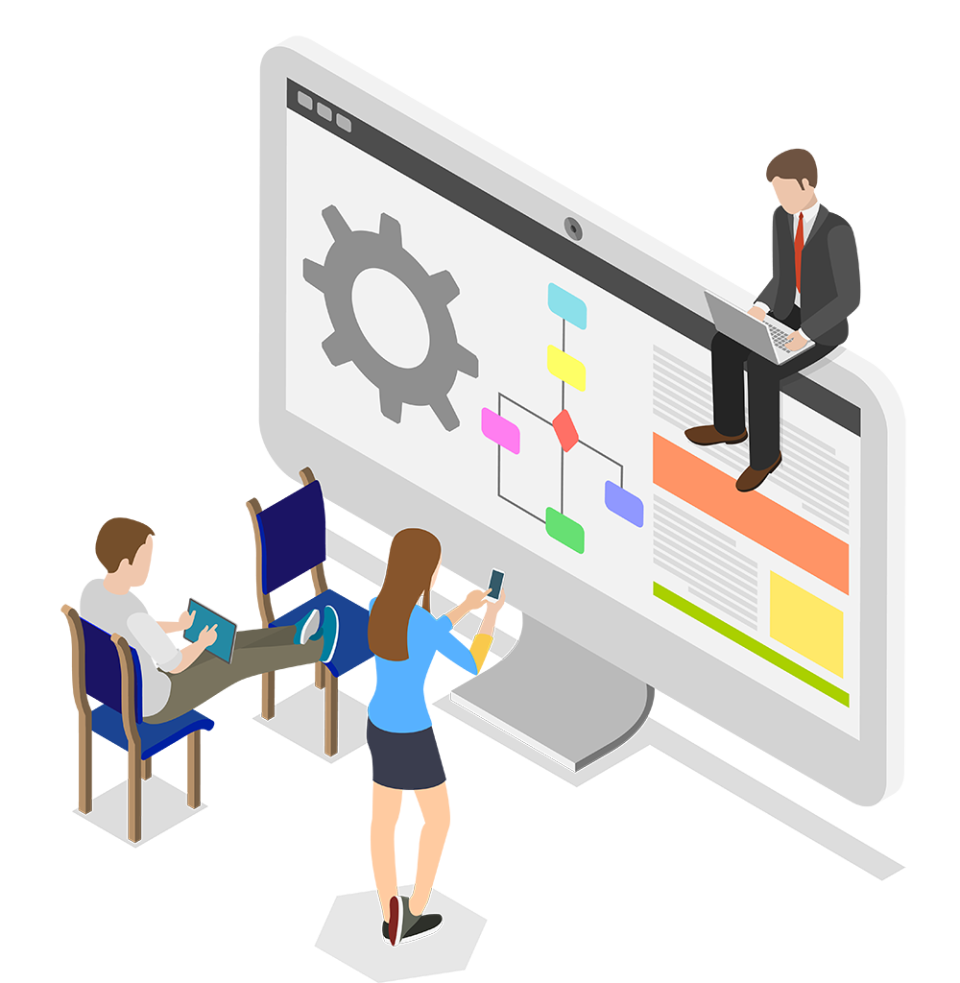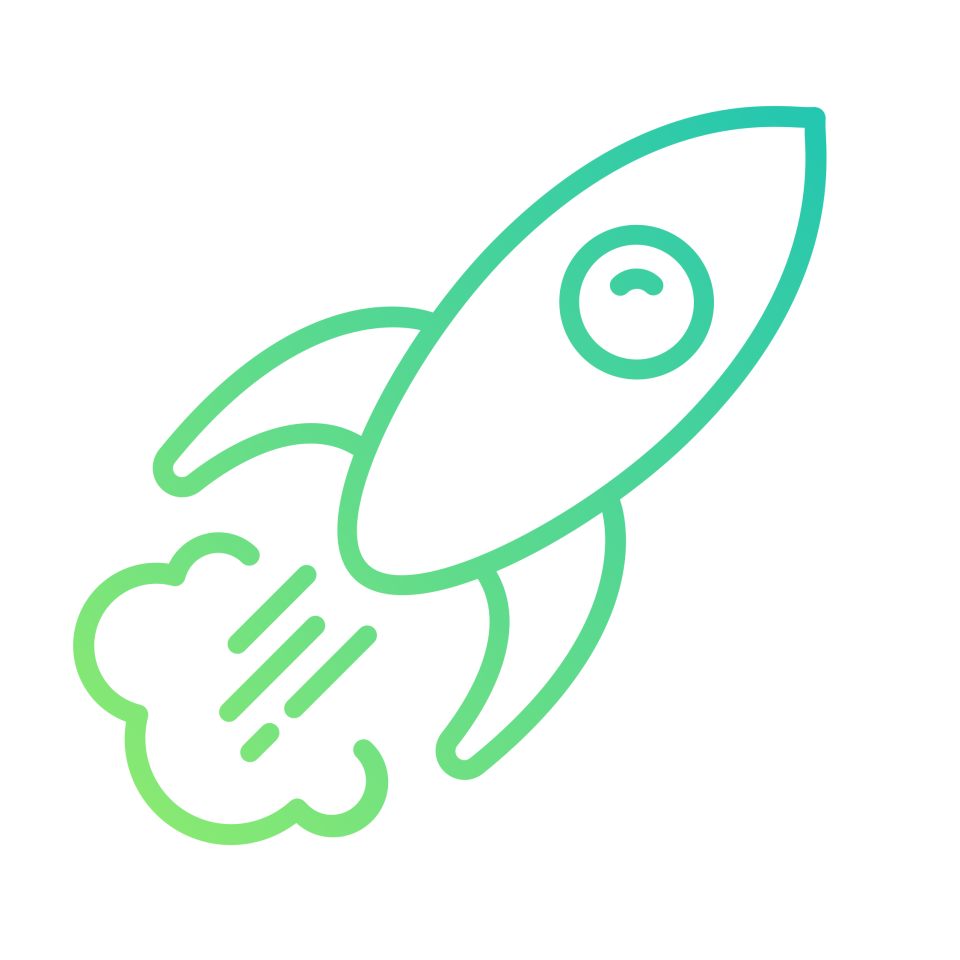Project to product is all about a shift from project completion to product delivery.
Technological advancements, changing user expectations, the emergence of AI, and Agile and DevOps adoption are just some of the factors driving the constantly changing software development market. In this changing landscape, the shift from a project-focused to a product-focused mindset is crucial to software deployment success.
Switching to product management is the best way to build quality software products, reduce risk and achieve time to market, quality and growth goals. This transition, however, requires a fundamental change in perspective to be successful.
What are the limitations of project-focused development?

What are the limitations of project-focused development?
Traditionally, engineers may have taken a project-focused approach to software development, which focuses on milestones. This methodology establishes specific short-term goals that are often constrained by time, scope and cost — regardless of what value the project delivers.
First, developers meet to discuss the project and assign tasks. Once the team completes the steps and creates the deliverable, they hand the product off to the operations team. The development team then dissolves so members can work on other projects. This approach emphasises the completion of the project rather than the outcome of the work.
A project-focused approach has several limitations, including:
- Short-term focus – Projects focus on immediate goals, rather than long-term vision
- Siloed teams – Departments work independently, hindering collaboration
- Limited adaptability – Linear project timelines make it difficult to respond to changing needs of the target market
- Fragmentation – Projects are often isolated, meaning software is difficult to integrate, resulting in inefficiencies
What is a product-centric approach?
A product-centric approach focuses on value delivery — product development teams continuously enhance the software product, rather than completing isolated projects. The approach focuses on understanding and fulfilling customer needs, fostering collaboration and prioritising long-term project goals.
Benefits of a product-centric approach include:
- Continuous value delivery – Because the focus is on the product’s overall lifecycle, software engineers can continuously deliver updates that meet changing needs
- Customer-centric approach – This approach emphasises understanding and addressing customer feedback so that the product meets user expectations
- Agile responsiveness – More effectively adapt to changing market conditions
- Cross-team collaboration – Product-centric teams typically involve members from various disciplines, fostering collaboration and shared ownership
- Sustainable growth – By prioritising long-term product goals, teams can continuously meet long-term business goals and constantly innovate
- Faster time to value – Quicker feedback loops mean that product teams can implement changes more quickly, increasing product value
- Increased productivity – Assigning teams to value streams means that teams do not need to reorganise after projects are over, reducing downtime
Agile product development

Agile product development
Product-centric software development is closely aligned with Agile product management practices. Agile emphasises iterative development, continuous delivery and responsiveness to customer feedback, all of which are fundamental aspects of a product-centric approach.
The Agile methodology empowers teams to make their own decisions during development. Clearly, business leaders are focused on Return on Investment (ROI), speed to market, customer satisfaction, customer retention and employee engagement. Product managers monitor these metrics to determine the product roadmap and prioritise activity.
Agile governance is a high-level way for organisations to ensure products meet business goals and provide customer value. Teams establish performance metrics and set expectations at the start of development to monitor deliverables by taking a big picture approach. You track metrics while teams report progress — ensuring transparency.
Key differences between project and product management
Project-centric and product-centric approaches to software development differ in many ways, including:
Focus
The project-centric approach emphasises specific projects with defined scopes, budgets and timelines, while product-centric focuses on continuous improvement over the entire product lifecycle
Timeframe
Projects have a short term focus with a start and end date, while product development emphasises long-term perspective with ongoing iterations
Customer involvement
Customers are not always the central focus of a project, but a product centric approach prioritises the customer needs throughout the lifecycle. Product development teams conduct continuous market research to gather regular feedback, whereas project managers only consider market research in the early stages of development.
Team structure
When working on projects, teams are normally temporary, with team members focused simply on delivering specific features in a set time frame. Cross-functional product teams are more permanent, using a diverse set of skills to focus on continuous improvement.
Measurement
Stakeholders may not get updates on project progress because development is complex, so success is often measured by the completion of a project within budget and schedule. In a product-centric approach, stakeholders can see progress towards business goals, measuring success on the product’s impact on customer satisfaction, revenue growth and other KPIs.
Moving from project to product

Moving from project to product
To transition from a project-centric to product-centric mindset, organisations should shift from viewing existing products as isolated projects and to ongoing work that needs continuous improvement.
To start embracing a product-centric mindset, try an experiment. Establish a team, assign a product and take an Agile approach. Get in the habit of moving products to teams instead of people to projects.
When moving from project to product, businesses should consider the following steps:
- Encourage a cultural shift – Foster a culture that values long-term product goals over short-term project deliverables. Encourage cross-team collaboration and a customer-centric mindset
- Gain leadership support – Buy in from senior leadership can help during the transition as leaders have more visibility, can allocate appropriate resources and provide support
- Define vision and strategy – Ensuring product development aligns with overall business objectives and customer needs will influence the product strategy
- Empower product teams – Give cross-functional teams the autonomy and decision-making authority to take ownership of the product development process
- Adopt Agile practices – Embracing Agile methodologies and practices helps support iterative development, rapid feedback cycles and continuous delivery. Implementing Agile frameworks can organise the work and foster collaboration
- Measure success – Define KPIs to measure and keep tracking metrics such as customer satisfaction and revenue growth, using real-time data to make decisions on how to adapt
- Iterate and adapt – Continuously adapt the approach based on feedback and lessons learned by empowering the team to try new product ideas and keep learning
By taking these steps, businesses can quickly adapt to changing market needs, stay ahead of the curve and capitalise on emerging opportunities, driving successful digital transformation plans.
Product development with Catapult
Catapult CX can help transform your business from project to product. Our software engineers can guide teams at every stage, assessing current workflows and identifying areas for improvement so that product strategies align with long-term business goals.
We help bring teams together, break down barriers and stay one step ahead of disruption, supporting all stages of product development. Additionally, we can offer tailored solutions using Agile and Agile at scale frameworks, effective product management tools and expert advice to help incorporate Lean-Agile methods into the organisation.
Looking for support in developing your product development strategy?


